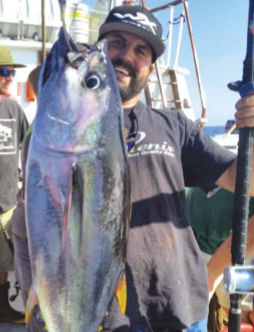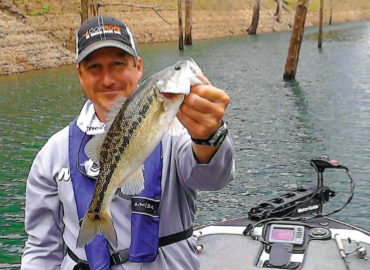Trout Fishing Tips
Trout count as some of the loveliest (and tastiest) fish in America. As such, many a trout fisherman would love to know the secret to catching more. Not only are they abundant in lakes, rivers, and streams across the land, but they also respond to a variety of baits, making them one of the easier types of fish to catch.
Go With a Light Line
These fish have sharp eyesight, so you don’t want to scare them away with a line that’s too heavy. Most trout can be pulled to shore with some simple two-pound test line plus a light rod and reel. That said, they do like shiny objects, so experiment with spinners, jigs, and other “attracters” for the best results.
What To Do With No Casting Room
Streams offer some of the best trout fishing around, but unlike fishing in a river or a pond, these often don’t provide you with much casting space. An old-fashioned technique called “dap a dry” does the trick here. Basically, you lightly “drop” the fly or bait on the surface of the water and then quickly pick it up and set it back down again. This movement mimics the movement of the mayfly or the caddis when they’re laying eggs on the water. Trout find this hard to resist. And as a bonus, this opens up trout-fishing spots that you might not otherwise get to fish due to space constraints.
Food for Trout
Some trout fishermen swear by PowerBait, that clay-like stuff you find in the jar. Just put it on your hook and go. That said, the lowly worm still counts as a fish favorite and shouldn’t be overlooked. Most fishing outfits carry them and often, if you’re fishing in a little town know for its fishing, you can even find live worms at the local convenience store on your way to the fishing hole.
Change Your Fishing Times
Trout like to get up early, and if you want to catch them, then so should you. More specifically, they’re up at early morning light looking for breakfast. Plan on casting your line before 8:00 a.m. for the best results. The warmer temperatures cause lethargy in trout. Plus as water-users like boaters and swimmers start to get into the water, the fish get scared away. An early-morning fishing trip allows you to catch dinner before breakfast and then head out for some water-related fun. And as a side note, the reverse holds true as well. When things start to cool down, the fish come back out. If you can’t see your way to the water for a 6:00 a.m. fishing call, maybe try to head out just around dusk. It’s a great way to end the day.
Conclusion
Catching more trout usually relies on you trying more techniques that speak the trout’s language. From getting up earlier to using some older, but still excellent casting techniques, you’ll find that the ways you can net more fish are numerous. The best bet is to experiment until you find the ones that work best for you.
Story by J Hines



